From here to uncertainty — meet the Jupiter–Saturn conjunction cycle
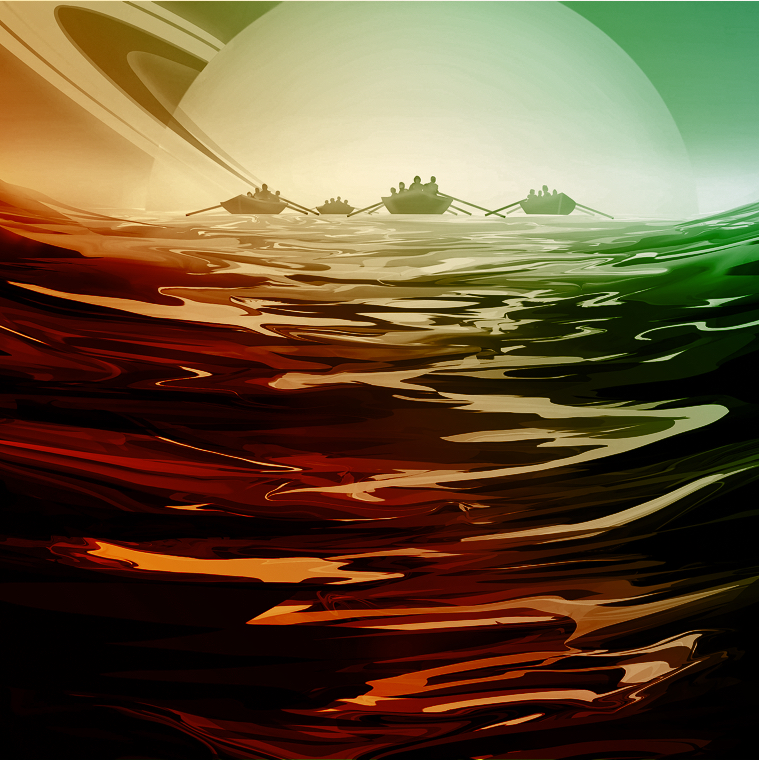
More often than not Jupiter–Saturn conjunctions coincide with unfoldment of a new phase of economical reality, remember 2000, 1980 1961, 1940, 1920? Both planets are intricately linked to the societal norms and functions, shaping our own experiences of working and making money in this physical world made out of contradictions and limitations.
If Jupiter and Saturn were a couple, that would be an extremely challenging union of the two opposites that due to their nature simply can’t fathom the reasoning behind each other’s actions. It’s a bit like a marriage between a venture capital investor and a government accountant. The dissonance is extremely palpable.
Yet these two planetary energies is the driving force through which economies grow, prosper and eventually suffer inevitable hardships — all in due time and according to the dynamics of expansion and contraction.
Every Jupiter–Saturn conjunction loosely marks a beginning of new cycle of development of ways we use to manifest our ideas and intentions in the material world. It’s about how we create wealth as well as how we distribute wealth. The word “we” can be taken at both personal, country or world-wide scale.
We shall talk about the opposing energies behind this pair of planets in the context of the three major conjunctions that took place during the year 2020 — Saturn & Pluto, Jupiter & Pluto and Jupiter & Saturn — and how this eventful year marks the beginning of the period of “discovering the new world” — the one that is full of contradictions and painful adjustments. So buckle up.
The two largest bodies
Jupiter and Saturn are the two largest planets of the solar system that are clearly visible by the naked eye. Both planets correspond to the two “alpha” gods of the Greek pantheon:
– Saturn or Kronos is the old king from the ancient times of Titans – Jupiter or Zeus is the current king of the new generation of gods that superseded Titans
As the myth goes, Zeus won the victory over Kronos in a series of huge cosmic battles and the new young generation of the gods established its rulership over heavens. The planets of the classical astrological chart all named after the new victorious gods… with a single exception — Saturn is still there!
As a side note, we are talking about the classical charts that only contain planets visible by the naked eye. Modern charts introduced Uranus (it wasn’t discovered until 1782), another “alpha” god of the sky that ruled until Saturn ambushed him and took over the reign.
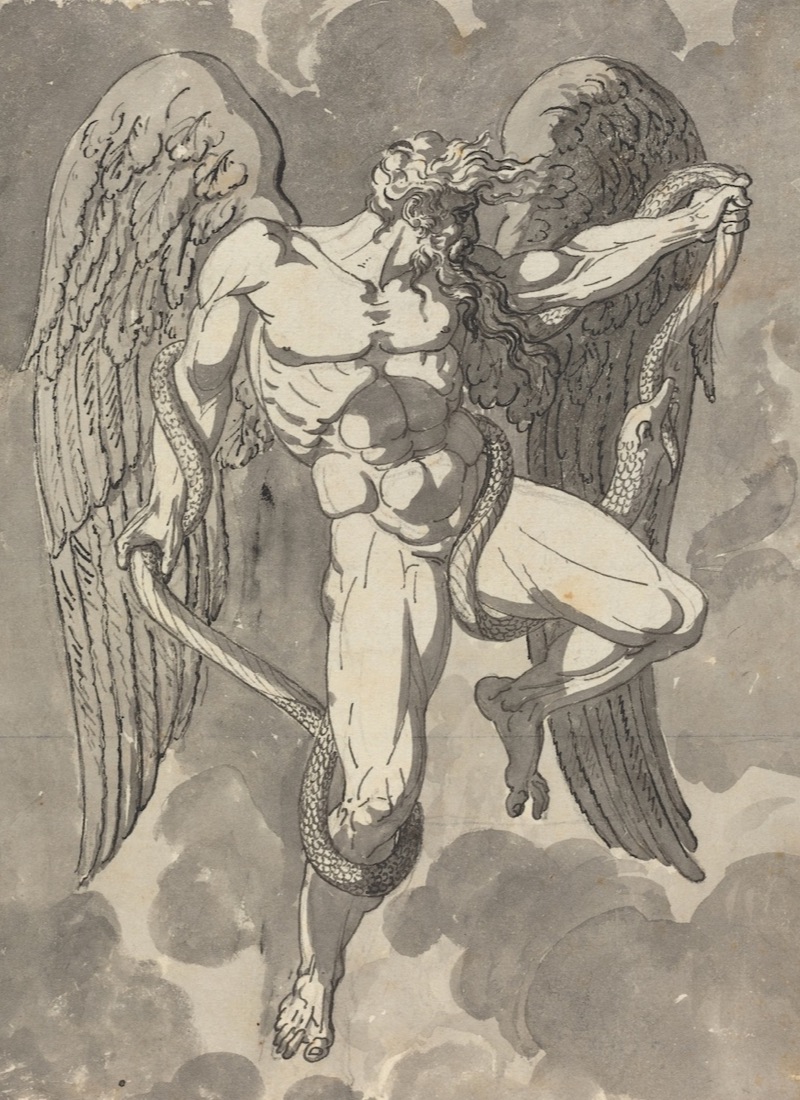
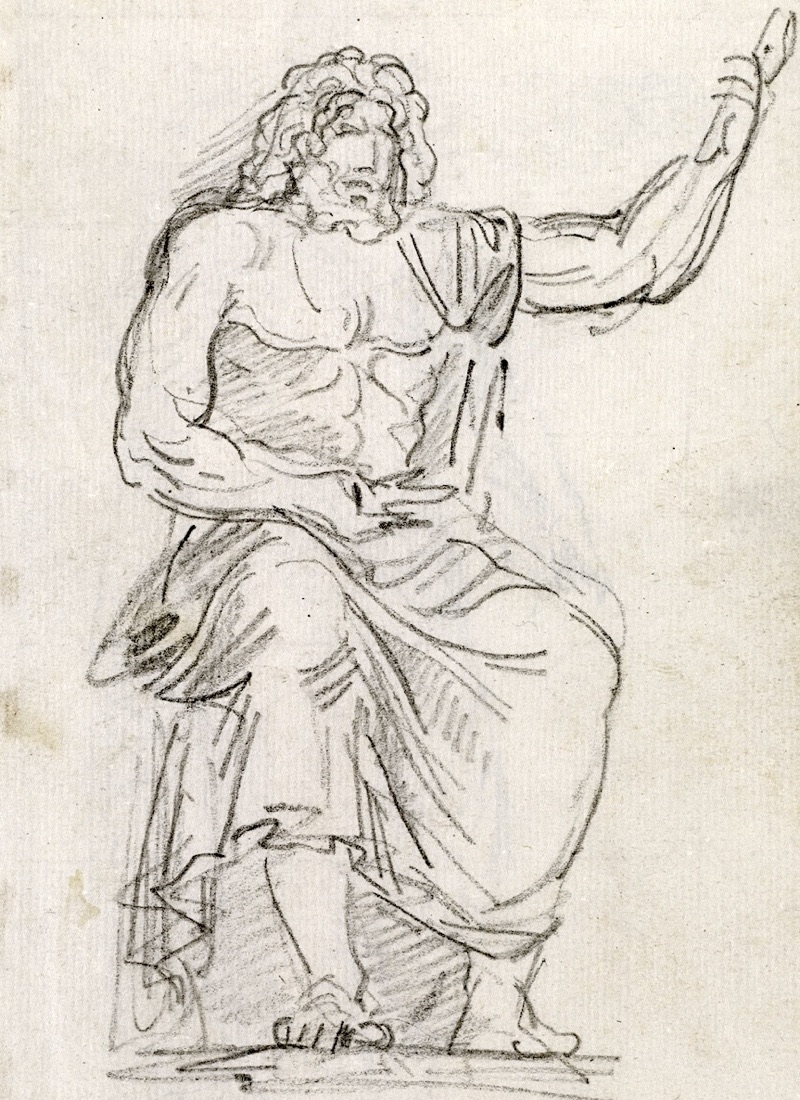
Saturn is positioned at the edge of the visible solar system and carries the symbolism of limits. It’s the skin that can only stretch so far without being ripped apart.
The “alpha” Jupiter doesn’t wish to know any limits. Jupiter is the king of heavens and expresses itself through the force of expansion, optimism and thunderbolts.
Inherent conflict between Jupiter and Saturn
Just as the old and established tends to naturally resist to the new, so does the Saturnian energy that tends to constrain Jupiterian expansiveness. These are the two planets that most of the time don’t know how to talk to each other.
On the positive note, Saturn brings grounding and concreteness that Jupiter often painfully missing. Jupiter is the king of expansiveness and potential bloating, it has a very strong air element. Saturn enjoys the rule of structure supported by precision and logic.
It is easy to see why both planetary energies are essential to life that grows and develops through experiences of painful yet shaping lessons. That process is usually called “maturation” when we talk about our personal development.
How to spot Jupiter and Saturn in yourself
The dialectical polarity of Jupiter and Saturn plays out very clearly in everyone’s life. Eventful periods come with movement, growth and new opportunities. Debt-laden periods of life make us stuck repaying overdue bills and perhaps feeling somewhat demotivated and fearful.
A good understanding of Saturn is the key to make Jupiter work in meaningful ways, that’s unless one choses to live a flamboyant life and is prepared to die early or end up being bankrupt once Jupiterian steam runs out. By itself, Jupiter is unlikely to get far without consistent and orderly nature of Saturn.
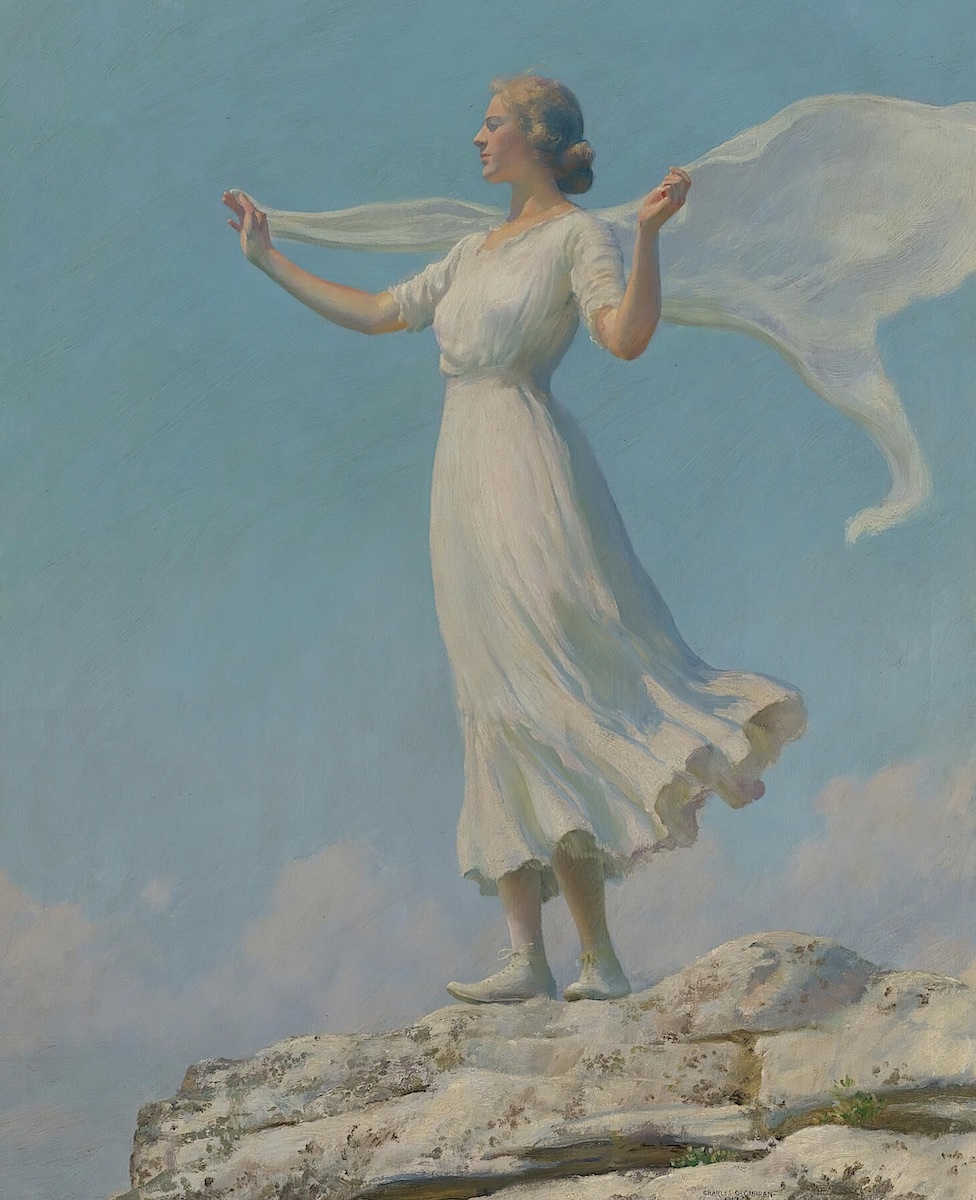
Keeping personal Saturn “happy” by having a healthy degree of common sense and accountability is beneficial to Jupiter. When Saturn isn’t stressed out, Jupiter can deliver a great degree of inspirational ideas and opportunities. One needs to be constantly aware of their Saturn’s health levels and spare it from excessive shock therapy that Jupiter may joyfully impose.
Pretty much same applies to the economy of the country and the world.
How to spot Jupiter and Saturn in your country
In terms of their dominant values most of successful economies of the world can be grouped into two broad categories:
- Expansion at the cost of structure (Jupiter over Saturn)
- Expansion by fortifying structure (Saturn over Jupiter)
The USA is a great example of Jupiter domination that enjoys the paradigm of unchecked growth while strongly believing that future rewards will compensate yesterday’s debts. “Growth” is the name of the god.
China is much more respectful towards Saturn with its emphasis on preservation of societal norms and traditions while still relentlessly growing and expanding.
Other economically strong countries like Germany, the UK, Canada and Australia have strong affinities with Saturn and aren’t the biggest risk takers, they naturally shy away from the unknowns of Jupiterian expansion keeping it safer and more predictable.
And finally, the so-called “world economy” or “global economy” entity is a mixed bag of princinples that behaves like a bad co-dependent marriage. Everybody is hooked onto its monetary gifts and a promise of wealth while being somewhat aware that it’s a bit like playing poker in Las Vegas.
Looking back at previous Jupiter–Saturn conjunctions
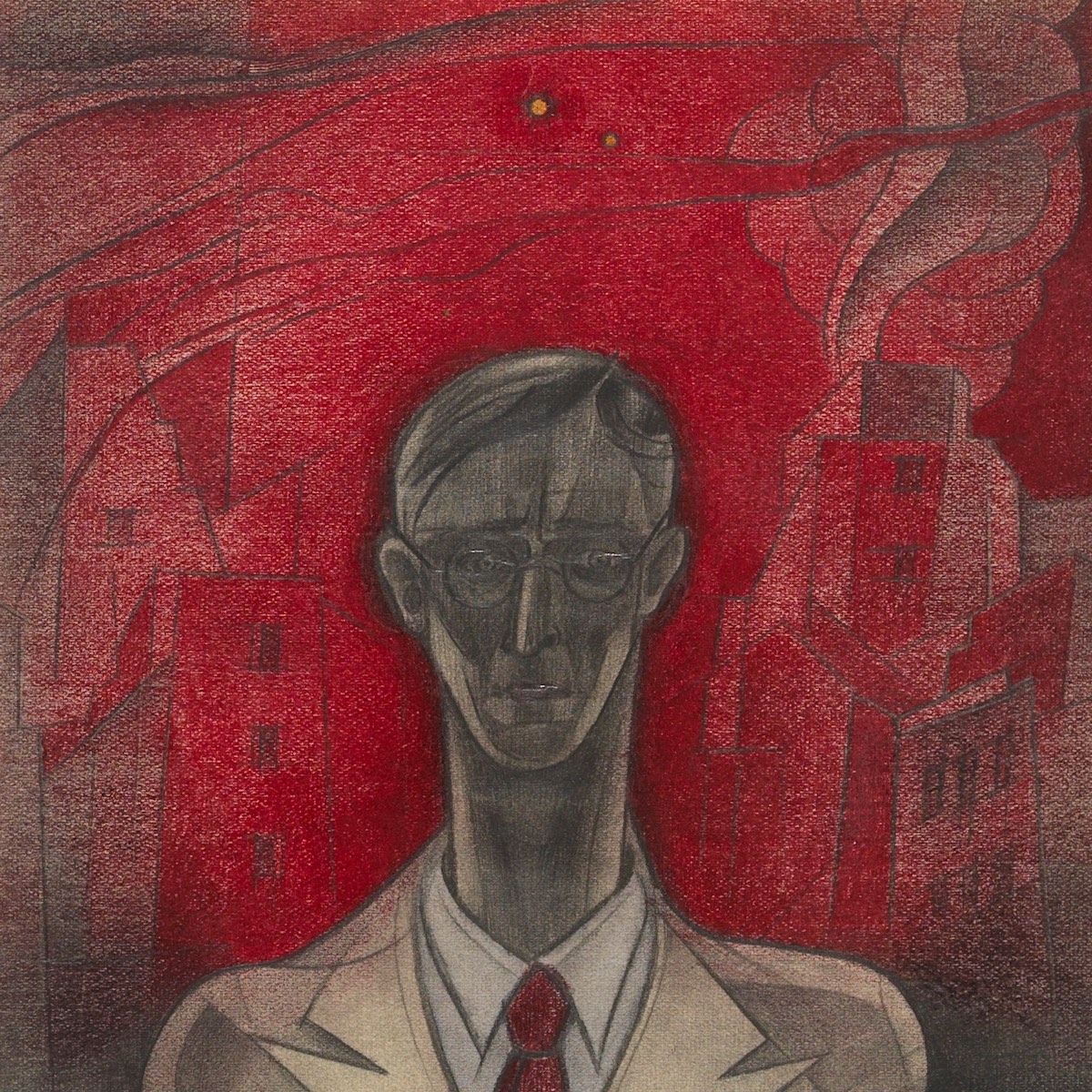
Each Jupiter–Saturn conjunction opened a new chapter of the modern history:
1921 — Beginning of “The Roaring Twenties”, a decade of economic boom and prosperity also known as “crazy years” in Europe.
1940-1941 — Coincides with the Second World War and slicing the pie of the world’s wealth as the aftermath. The biggest winner is the US, its economy receives an unprecedented amount of wealth.
1961 — A decade devoted to Vietnam war, cold war and sexual revolution.
1980-1981 — The US economy enters deep recession, emergence of new “loose” monetary policy that promotes growth through tax cuts and defence spending.
2000 — The dot-com bubble bursts paving the way to even more speculative monetary tendencies that culminate in the Global Financial Crisis of 2007–2008.
2020 — Emergence of the new coronavirus (COVID-19) wreaks havoc in already over-levered global financial systems that will take years to understand and correct.
What made the year 2020 so pivotal?
There are three major planetary cycles that influence the economical subsequently political situation in every major country of the world and the world itself. The cycles begin with a conjunction and develop through to the next conjunction:
- Saturn–Pluto conjunction happens every 33-38 years
- Jupiter–Saturn conjunction happens every 20 years
- Jupiter–Pluto conjunction happens every 12-13 years
Usually those conjunctions don’t happen all at once… unless it’s the year 2020. The world has experienced all three of them within a time window of a single year.
The following timeline shows the astrological perspective of the last 120 years of the modern history. Notice that the year 2020 is the only year when all three conjunctions take place.
| Saturn–Pluto | Jupiter–Saturn | Jupiter–Pluto |
|---|---|---|
| 1901 | ||
| 1906 | ||
| 1914-1915 (x3) | ||
| 1918 | ||
| 1921 | ||
| 1931 | ||
| 1940-1941 (x3) | ||
| 1943 | ||
| 1947 | ||
| 1955–1956 (x3) | ||
| 1961 | ||
| 1968 | ||
| 1980–1981 (x3) | 1981 | |
| 1982 | ||
| 1994 | ||
| 2000 | ||
| 2007 | ||
| 2020 | 2020 | 2020 (x3) |
| 2033 | ||
| 2040 | ||
| 2045 | ||
| 2053-2054 (x3) | ||
| 2058 | ||
| 2060 |
* (x3) here signifies that exact conjunction took place 3 times during that year(s) due to the involved planets alternating between direct and retrograde phases of movement.
The picture is clear: 2020 is the pivotal year that ushered the whole world into a new period of economical growth, conflicts and opportunities. Some of the old ways will not survive, some new realities will emerge and we all will have to be ready to dynamically adapt to the every changing terrain under out feet.
What are the future world trends we may need to adapt to
The current economical model, both domestic and global, is mostly following the recipe known as “extend and pretend”. That’s the old school ruling class model of operation (extra strong Saturn) as they simply can’t conceptualise making any significant changes to avoid any meaningful wealth redistribution at any cost, “not during my term” type of thinking.

As the result of tension between Jupiter’s expansion and Saturn’s control the next 5 to 10 years may witness some uncomfortable changes:
- Consequences of dealing with COVID-19 throw economies out of balance, a job and production boom that follows inevitably overheats financial systems resulting in a paradoxical “boom + inflation” scenario.
- Governments lose ability to effectively govern as they find themselves in a death spiral imbroglio with interests of global corporations and military complex.
- Job automation kicks in at the middle and lower management level (not blue collar jobs) resulting in serious job losses among debt-loaded university-educated professionals.
- Automated drone delivery, machine learning, satellite internet and erasure of physical currencies wipes out last inefficiencies in trade making business easier than ever… but at the cost of “optimising” many people out of their jobs.
- Introduction of Universal Basic Income becomes unavoidable but comes at a cost of people abandoning big cities and throwing the lease-rent economy out of balance.
- Wild “yo-yo style” swings between left- and right-leaning politicians elected in an alternating order as each of them manages to frustrate the electorate in their own unique ways while ultimately failing to solve anything.
- Following ongoing stock uncertainties of the US/UE markets, China’s new digital currency initiative becomes sufficiently seductive to those seeking new economic opportunities away from inherent instability of over-levered Western markets.
Once again the opposing forces of Jupiter and Saturn challenge the current economical and social systems in a quest of pushing the human history towards its next phase of the spiral of development.
It is a great time to embrace uncertainty.
New is usually made out of new
The first two decades following 2020 will be challenging but stimulate our creative potential and inventiveness. It is very unlikely that anything will return back to how it was before. The era of 1950s and 60s will be long remembered as the “golden age of prosperity” that brought so much luck and economical opportunity to the generation of baby boomers (the prize for the hardships of the World War 2).
The future is certain to bring new paradigms and technological advances that will give the edge to those who are ready to adapt. The process won’t be smooth but in the long run it’ll be worth it. The current world order is “running out of oil” and is heading for an inevitable restructuring.
One of great lessons of Saturn is its ability to endure long-term projects. The great lesson of Jupiter is the spirit of creative enthusiasm. When both are joined together, a new world can truly emerge.
37 Comments
Morgan Mumma
I thought this was on astrology, not on the author’s love affair with socialism.
Time Nomad
Ha, the article doesn’t mention any of socialist ideas. By the way, a lot of futurist visions and predictions may be perceived as kind of “socialist” but they are not – the biggest problem, especially noticeable in the US, is that people tend to brand as socialism everything that is different from the current mode of operation. Which certainly isn’t true, there’s lots of “isms”, not just capitalism and socialism.
Bsm
+1, time nomad… You are not saying anything so dramatically different than any other futurist, and only by using astrological forecasting. One will need to stretch your analysis one way too much to arrive at Mumma’s conclusion. And that will eventually be inaccurate any way, as it will be one-sided…
Morgan M
We literally have socialism for the rich and late stage capitalism for everyone else. Why is universal healthcare, shelter and food security so scary??? Y’all boot lickers are a trip.
Cara M
Time Nomad - thank you for this timely and important gaze into the future. Some are not ready to live in discomfort and that is ok, planting the seed to prepare them for what is coming is just as important.
I share the sentiment that there are many ism and in the US especially we have a hard time seeing beyond what we know to be presently true. Never have we seen a more polarizing time in our country and it is very hard to bring people to a middle ground. Your attempt at that was honest.
Thank you for your deep analysis, I look forward to them every time.
K Pugh
Get a grip troll. You have no idea what socialism is. You need to wake up to your conditioning and recognize that free market capitalism no longer exists. What do you call the continual government bailout of banks and huge corporations? Oh right, it’s what you call communism.
Rebecca Uncertainty Ruano
Very interesting read. Thank you for all the insight and for the advice to embrace uncertainty. Uncertainty has always been my middle name. I suppose my time is coming. :D
Hillary
I’m going to assume you are into astrology if you’re reading this. I just want to say; we all have energy we must work out. When you can’t read an astrology article without letting your societal programming tear it down with baseless assumptions it’s a pretty stellar reminder to find balance and acceptance over polarity and reaction. If we are to truly grow into this new age we should start with ditching the over-reactionary impulses that are only here to distract us from our true work and will only ever delay our growth. The same people responsible for you feeling so strongly about socialism would conspire to change your mind in the same breath if it meant keeping their power and wealth.
Dianna
We all have to grow and this was some excellent information that my sacral center reverberated with- so “on with the show”. Like Kamala said “ we are not going back” at least I am not…
Adam Goldman
An exceptionally well-written and thoughtful article that comes to many of the same conclusions as another group I’m in. In addition to a worldwide economic breakdown and monetary restructuring w/ UBI (“great reset” of the WEF) - we also highlighted the potential issues for certain crypto currencies as national ones replace bills and coinage. Keep up the good work and thanks for this awesome analysis!
Erika Laila Whitney /:|:\ numenation
Reading on the 12/:|:\12 Portal. This is well received. Thank you!
Amanda
I loved looking at the patterns in this article side by side! Well written, thank you! Those that really are into astrology and it’s patterns will appreciate this more than those just after horoscopes 🙏♥️. Thank you so much for your hard work and dedication that it took to write this article! 😊♥️🙏
Matthew
Introspection hits harder than collapsing economies lol, thank you all for wonderful insights soul uplifting 🌱🌈🌍
Linda S
A very well written article - thank u for your time and effort - very similar to to what has been written or said by persons in other modalities. Well done - long may your work continue !🙏
Lorenzo
Thanks for the article! I think it would have been good to add that the conjunction this time will be in Aquarius and so mention a new age of universal brotherhood coming
Chris S
Yes! It is at the zero hour of Aquarius. Maybe finally entering, or ushering in, the “Age of Aquarius”
Matt B
Considering that we’re all standing in the doorway of Aquarius I think it might behoove us to consider what it’s like to be Aquarian and expand on that idea as it pertains to our own individual lives.
Rachal S
I agree! As a sun and moon Aquarian, I have to reflect on my own love of humanity as well as a simultaneous disdain of individual humans.. Conceptual love and compassion toward all, with a bent toward isolation and a Saturnian critical nature.. The age of Aquarius may very well be a collectivist nightmare. Though I’m up for it over the earth element power grab/ border slicing/ imperialism/ colonialism etc. The age of Aquarius dawns with an airborne pathogen and isolated togetherness via electricity and internet. And people couldn’t be more ideologically divided. We need a new song…
Marcia
Thanks for the article.
Hagan...
Time Nomad…your knowledge never ceases to amaze and enthral…you are gifted my friend…from a fellow astrologer who gets it but readily appreciates your insights….
Casey
I second that ;) (I couldn’t agree more! :)
Stephen
A lot of people here are overly confident, I believe, that the Age of Aquarius is just around the corner. I had this challenged - and my interest in historical events seems to confirm it - by Rudolf Steiner, who asserted that it takes hundreds of years before such a transition actually manifests in cultural and down to earth practicalities, and in the mindset of humanity. This is because, one stage in evolution above us stand the personal Angel beings, above them are the Archangels who guide peoples, and nations (if they are correctly founded), and above them are the Archai (Time Spirits) who govern the 2000+year-epochs. The Fourth Post-Atlantean Age began around 747 B.C., which was the Graeco-Latin period (Greeks, Romans and in the last third the Church of Rome; this Romanism came to closure just before and after 1413 A.D. The historical signature of the next 5th Post-Atlantean Age is overwhelming: the birth of the ‘natural sciences’ in the wider culture, as astrology steps down to become merely astronomy, alchemy to chemistry, etc., and all attention is drawn outwards to the material world giving birth to the industrial revolution… Romanism is countered with the Protestant Reformation, beginning at the end of the medieval world, with John Wycliffe’s English language bible, Jan Huss in Prague who challenges the Roman authority (unwittingly), and finally Martin Luther. This has political ramifications as a new age asserting individualism comes to being, politics slowly begins to separate from religion, and the age of Kings, Queens, Emperors, Pharoahs and Caesars is eclipsed. We are still going through that transition, with regressive self-appointed Caesars oppose the march forward (Napoleon, Hitler … and finally Chairman and Boardrooms of vast corporations - utterly medieval in their pyramid-like structure). However, Steiner then asserts that the 2000-year epochs are subdivided by Archangelic periods of about 350 years, and the Age of Michael began in 1879, ending the age of nationalistic colonialism (Age of Gabriel - particularly important to Great Britain), for a more cosmopolitan epoch of Mikael. This Mikaelic phase feels like the Age of Aquarius yet to come.
Julie
Excellent , informative response Stephen. Thank you so much for sharing your knowledge. Researching the essence of the Mikaelic phase should take the rest of the afternoon and offer great creative inspiration. An expat - now Demi-Ameri after 1/2 my life in California I’m highly intrigued as to how the empires are destined to fall or rise.
Esther
great write up, thank you for sharing!
JoJo Razor
Thank you. Your words ring true in my own life. Uncertainty IS the name of the game now. I truly feel my old life is over (just finished with second Saturn’s return). Everything feels different like I have entered a new dimension. Wonder and mystery are once again front and center. It is wonderful to be alive and to witness the conjunction tonight. It was magical to see it up in the sky. Possibly in the future, when conservation begins to happen we could have black out nights so that we can all look up to the heavens and stare in awe. My welcome thought for all of us for the Age of Aquarius!
elgoode
It is a timely piece. I like what you have to say. However, more care should be taken with grammar, punctuation, etc. The remedy is a good editor. Being an English teacher as well as an Astrologer and writer, it is hard for me to overlook the easily rectifiable. I hope you do not take criticism the wrong way. By the way, love the app!
Time Nomad
The criticism is taken, I know, my grammar can be improved but there’s too much to do, too little time. And who can afford an editor these days? Sounds like my Uranus is talking!
Eric Goode
I admire that fact that you can the put the proverbial “pen to paper” to share your understanding even though it is not grammatically perfect. My sometimes almost obsessive focus on the grammar often gets in the way getting my ideas out there. :-) Keep up the good work!
Trish
So I studied comparative politics, global finance, and political and spiritual ideologies. What is likely happening at the moment is the reckoning with the far right. Hence, comments on socialism etc by people that have absolutely no idea what socialism is only that they have been told it is scary in order to maintain the status quo, so whenever anything is being proposed to change, they use the word socialism to shutdown discussions about any sort of change or resolution to the current state of things. Science based evidence is wrong to them, media unless it is propaganda that supports their beliefs is wrong, dictionaries are wrong about what words mean, experts are wrong to them, and even their understanding of law means only their understanding of it is right even though it might be right in front of them and saying something completely different. Anything that is not far right enough is left even though in reality political ideology exists on a spectrum with centrist ideology and far extremes to the far left and far right. Realistically, this will be and ebb and flow process. Right now we are in a position of looking at what is better democracy aka the right to vote for all or authoritarianism where only elite have a voice over collective choices. Hint, authoritarianism won’t work on populations that have experienced democracy for generations. So the far right in countries with democracy will likely fail to get meaningful traction or will leave democracies in civil conflict. Those on the far right have no idea how much they have been duped because they are too afraid to see reason. They have no idea that the far left doesn’t really exist anymore and actually those historic actors morphed into a version of the far right - Cuba is excluded from this at the moment. So essentially at the moment we are in a place of democracy vs authoritarianism. Democracies have the adaptability that authoritarianism doesn’t have because it allows for innovation and diversity of views while authoritarianism suffers from leader think and has far too many blind spots.
Time Nomad
The modern world suffers from ideological extremism that seems to extend in all conceivable directions. It’s a painful time of changes until the new equilibrium will have established itself.
Arjuna
Time Nomad is a free astrology app but who are the astrologers who write in it ? I would like to know their names since these contents are so profoundly insightful that they have to be very well known or important in their sector and…maybe they write io n other website ?! Please let us know
Time Nomad
Oh, thank you for your acknowledgment. Apparently it’s just me, the developer of the Time Nomad app. Knowledge of astrology is a prerequisite to creating a meaningful astrological software. And this blog is the reflection of some of my understandings of celestial mechanics and symbolism that are the foundation of astrological knowledge.
NoMad
Reading back these rediculous comments, yet so far we are right on track. “Im skeptical of you, but I’m using your astrology app” … 😂
Diana Haynes
Thank you for this great overview of outer planet conjunctions & trends in the world economy. Can you speak to the current square of Jupiter & Saturn & have you looked at the opposition, sesquisquare or quincunx aspects to evaluate coming economic or political shifts? Also, this Uranus conjunct Algol seems related to the assassination attempt on Trump. I’m worried about a similar attempt on Harris. Do you see more damage coming from this Wild card? I just found your App and I intend to give it a try. Appreciate your reference to R. Steiner. I’m a big fan. What do you think about Astrosophy and its use of the Sidereal zodiac? I see you have background in Vedic astrology.. So much to study - always room to grow in the fathomless realm of Star Wisdom….
Time Nomad
A lot of important questions here. Any cycle is naturally developing through milestones which are basically chapters made by significant aspects, for example, square, trine, sesquisquare, opposition and inconjunction. Each chapter can be perceived as a seasonal process where different forces interact and modify the overall cycle. And it’s not that easy to fix the action of each chapter as depends on the outcomes of the previous one. The general idea of progression through chapters can be seen in a similar way to Moon lunation: seed planted at conjunciton, negotiation at sextile, growth to active conflict at square, another negotiation at trine, sesquisquare presents unexpected challenges, inconjunciton pushes for changes and alternations, opposition forces a reboot and starts the second half of the cycle, etc.
The sidereal zodiac… I think it’s up to each individual to pick their favourite. Personally, I use both probably because I do a lot of stargazing and it’s nice to have planets more or less matching their zodiac signs. My vision is that the tropical model is more earth bound and reflects the seasonal nature of changes while the sidereal model is more abstract and subtle and perhaps not that easily translated into day to day activity. You can find my thoughts on tropical vs sidereal on my blog.
@noorajools
Is true Uranus conjunct Algol seems related to the assassination attempt on Trump?
Time Nomad
A few points to ponder upon.
Uranus is a very slow moving planet and its aspects last a significant amount to time. This means its aspects apply to broad societal trends rather than events afflicting specific individuals.
Uranus isn’t a “personal” planet, its influence has to do with societal trends at large.
Algol is too far from ecliptic and thus conjunctions aren’t as powerful as for example a conjunctions with Spica or Regulus or Antares that sit close to the ecliptic.
Can the assassination attempt be an expression of a bigger societal trend? Quite possibly yes. An event like this makes more sense taking into consideration the whole split and inflamed passions of opposing factions.